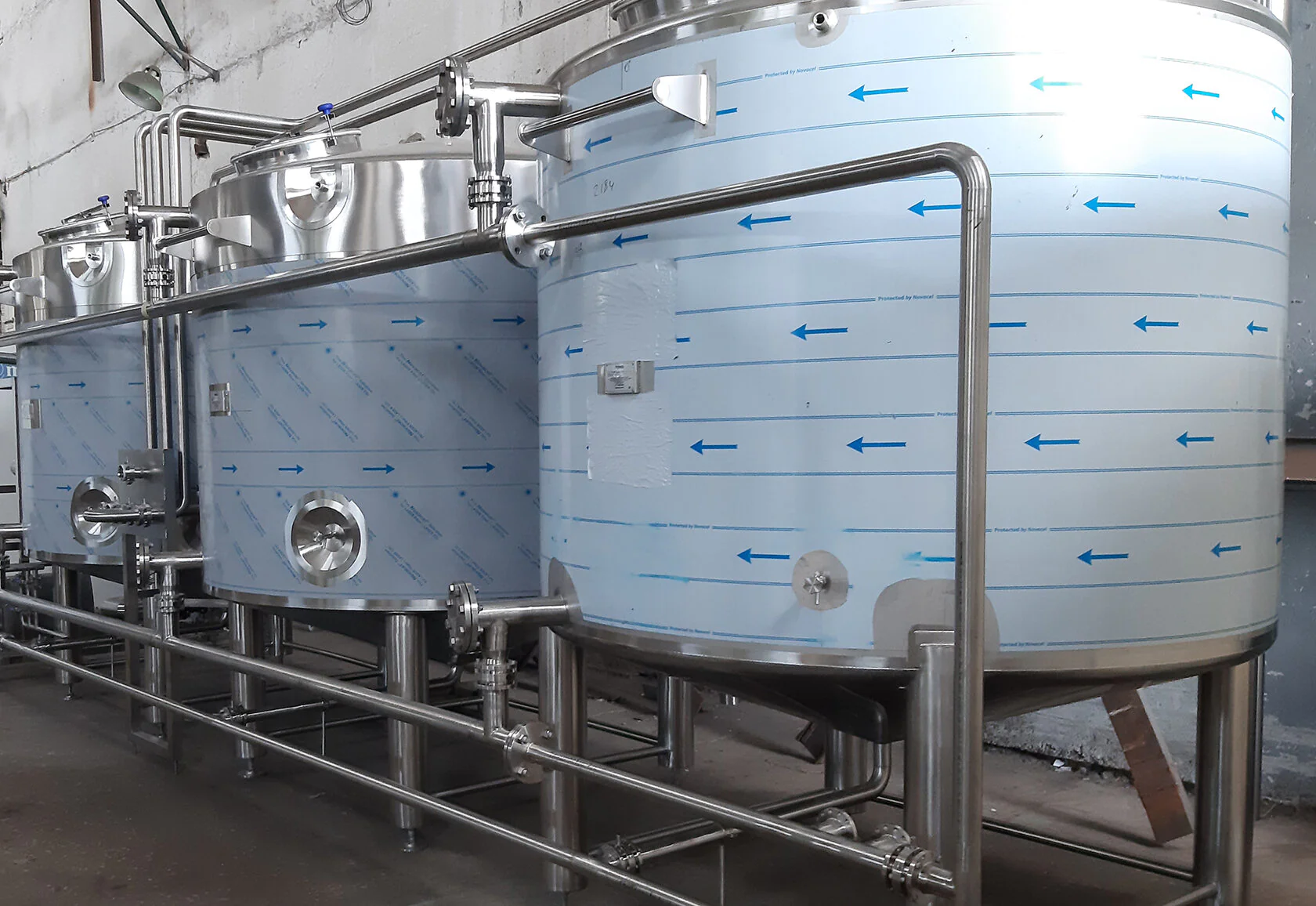06.09.2024
How
Returning to Fundamentals: Enhancing Your Clean-in-Place System

In food manufacturing, the use of clean-in-place (CIP) methods has been a steadfast practice. CIP involves cleansing processing equipment and conduits without the need for disassembly. While the concept of CIP is common, when was the last time you had a CIP audit of your system?
Over the passage of time, conditions and adjustments at the equipment being cleaned may have inadvertently skewed the parameters of the CIP system, resulting in inefficiencies that may have eluded notice.
Discovering the Ideal Clean-in-Place Parameters
Essentially, CIP systems revolve around four key factors:
- Time
- Flow rate
- Temperature
- Concentration of the cleaning agent
In fact, working with a CIP system is similar to working with a dishwasher at home: selecting a mode, setting the desired parameters, cycle duration, adding the appropriate detergent.
However, any deviation in these parameters—such as neglecting to include detergent or insufficient water—will compromise the cleansing process, much like how improperly calibrated CIP parameters can lead to inefficiencies.
Changes may have been made to your CIP settings over time without your knowledge. For example, increasing the temperature to speed up cleaning and increase productivity may inadvertently prolong cleaning duration, requiring higher concentrations of cleaning solutions to compensate.
Why does this matter? Because seemingly trivial adjustments can aggregate into significant inefficiencies over time, including:
- Escalated energy consumption due to heightened water temperature
- Excessive utilization of cleaning chemicals, resulting in unnecessary expenses
- Squandering of water due to needlessly high flow rates
- Prolonged cleansing times, resulting in diminished production duration
Consequently, it is imperative to ascertain whether your CIP system operates at peak efficiency and whether your cleansing process remains congruent with its initial configuration.
Restoring balance and reducing risks through CIP Audit
If uncertainties persist regarding the efficacy of your CIP system, embarking on an evaluation becomes imperative to determine whether the four primary variables adhere to optimal standards.
This evaluation can either be conducted internally or entrusted to a third-party firm specializing in CIP systems to ensure maximal efficiency. These specialists harbor invaluable insights, having often been instrumental in the design and implementation of such systems.
When shortcuts are taken in fine-tuning your CIP system, any potential advantages are eclipsed by the associated risks. Subtle alterations can impact product quality and elevate the likelihood of contamination and product recalls, particularly concerning ready-to-eat items and beverages.
Embedding Cleansing into Processing Operations
In the realm of food and beverage manufacturing, preeminent brands prioritize the sanitary design of their facilities alongside production volume and efficiency. This emphasis stems from the susceptibility eg. of dairy products to contamination, which can disrupt production continuity if proper cleansing protocols aren’t established.
To mitigate these risks, it is imperative to integrate cleansing into your processing operations and accord it the requisite priority. Contamination often arises from lapses in the cleansing process.
Consider this analogy: Just as one cannot commence cooking a meal at home until dirty dishes are cleansed, food manufacturing facilities must commence processing with clean equipment. However, achieving this amidst the exigencies of today’s fast-paced market can prove challenging.
Finally, neglecting proper CIP protocol can engender long-term deterioration in product quality, impinging upon customer relations, brand integrity, and financial performance.
CIP Audit can ensure that your system remains optimized for your plant’s exigencies.